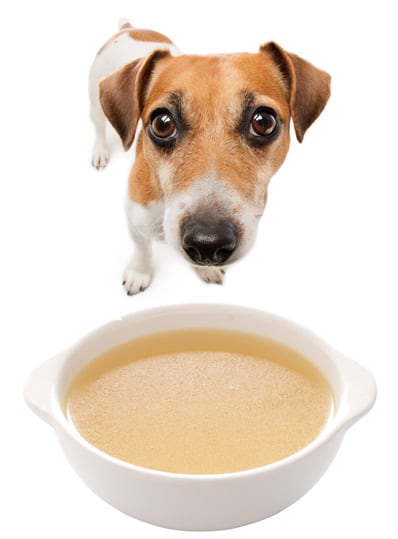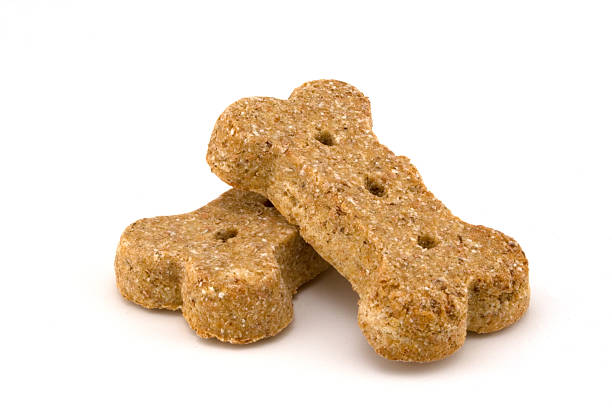Globally, dogs continue to occupy the top spot as the most preferred pets due to the range of breeds available in diverse sizes and shapes. This offers everyone the chance to identify their perfect fluffy companion. However, what effects does feeding pork to your dog have? While there are distinct benefits of offering pork to dogs, there are potential hazards linked to this kind of diet as well. If you want to explore this topic further, keep reading!
Pork is a Food Source that Some People Feed to their Dogs
The meat of a pig can be fed to dogs, but it should never take the place of dogs’ typical diet. Dogs are carnivorous animals, which means that they need certain nutrients that are only found in meat. That being said, there are arguments that dogs can eat whatever you give them. This is false because their bodies are not built to handle different food sources. Instead, dogs need adequate protein and fat to maintain healthy coats and stave off diseases like diabetes.
Luckily, pork contains these essential nutrients. However, there are risks associated with feeding pork to your dog too. Pork requires cooking because it can be contaminated with trichinella, a parasitic worm that can cause trichinosis.
Possible Benefits of Feeding Your Dog Pork
- Increased energy and vitality
- Healthy skin and coat
- Improved digestion
These benefits only occur if pork is fed as part of a dog’s normal diet and does not replace the meat typically consumed by canines.
Pork is an animal-based food product consumed by humans for millennia. Pork contains protein and fat, two necessary nutrients that dogs need to maintain their health. Pigs are also a common source of trichinella, a parasitic worm that can cause trichinosis. If cooked properly, pork is a safe alternative to feeding your dog. Pork also contains B vitamins and selenium- two micronutrients that can provide energy and healthy skin.
Pork should not replace your dog’s typical diet. However, some owners believe pork can boost their pet’s energy and skin health. This is only true if the pork is cooked properly to avoid trichinella poisoning. If you want to feed your dog pork, make sure it is safe for them to eat.


There are Benefits and Risks Associated with Feeding Pork to Dogs
One of the benefits of feeding pork to dogs is that it’s a high-quality protein source that provides essential amino acids for the strong development of muscles. It also helps maintain lean body mass, which is especially important for senior dogs who may lose muscle mass as they age. In addition to the benefits of pork for dogs, it’s a cheap option compared to other meats.
Unfortunately, there are some risks associated with feeding pork to your dog. To begin, raw/undercooked pork can lead to parasites being passed from pork into your dog-which can cause health complications. The more common risk for feeding pork to dogs is the possibility of trichinosis.
Trichinosis can cause symptoms such as fever, diarrhoea, vomiting, and fatigue. In severe cases, infection from this parasite has been fatal in dogs and humans. While cooking meat at high heat will kill any parasites in the pork, it does not kill the risk of trichinosis.
So, if you want to feed your dog pork-it’s best to be aware of the risks and benefits of this food source before doing so; also, remember that it’s always a good idea to talk with your vet about which food are best for your dog.


Which type of dogs should not eat pork?
It should also be noted that certain dogs may also have negative reactions to pork. For example, host-bred dogs (born and raised on a farm) can potentially be allergic or sensitive to pork. Pork can even cause food allergies for other breeds of dogs-but this is generally rare.
How much meat do I feed my dog when they’re on a diet with no meat or chicken?
When feeding a dog a diet without meat or chicken, ensure he gets plenty of protein from other sources such as eggs, dairy products, beans, and lentils.
The life span of a dog is 10-12 years.
Pork should not replace your dog’s typical diet. However, some owners believe pork can boost their pet’s energy and skin health. This is only true if the pork is cooked properly to avoid trichinella poisoning. If you want to feed your dog pork, make sure it is safe for them to eat.
Conclusion
Pork is a common food source for humans, but feeding your dog this meat is not recommended daily. You should be aware of the benefits and risks of feeding pork to dogs before deciding to include this in their diet. The greatest benefit of feeding your dog pork is that it contains essential amino acids and fats needed by canines and is an affordable option compared to other meats.
However, there are also possible health complications such as parasites or trichinosis that could arise if raw/undercooked pork is eaten-especially by those who have never been exposed before. If cooking the meat at high heat will kill any potential parasite infections, then cooked pork may be a safer alternative for you and your pet to consider.
However, some dogs may be allergic or sensitive to pork-so keep this in mind before deciding to feed your dog pork. It’s always best for you and your dog to consult a veterinarian before making any drastic changes to your pet’s diet and lifestyle.


